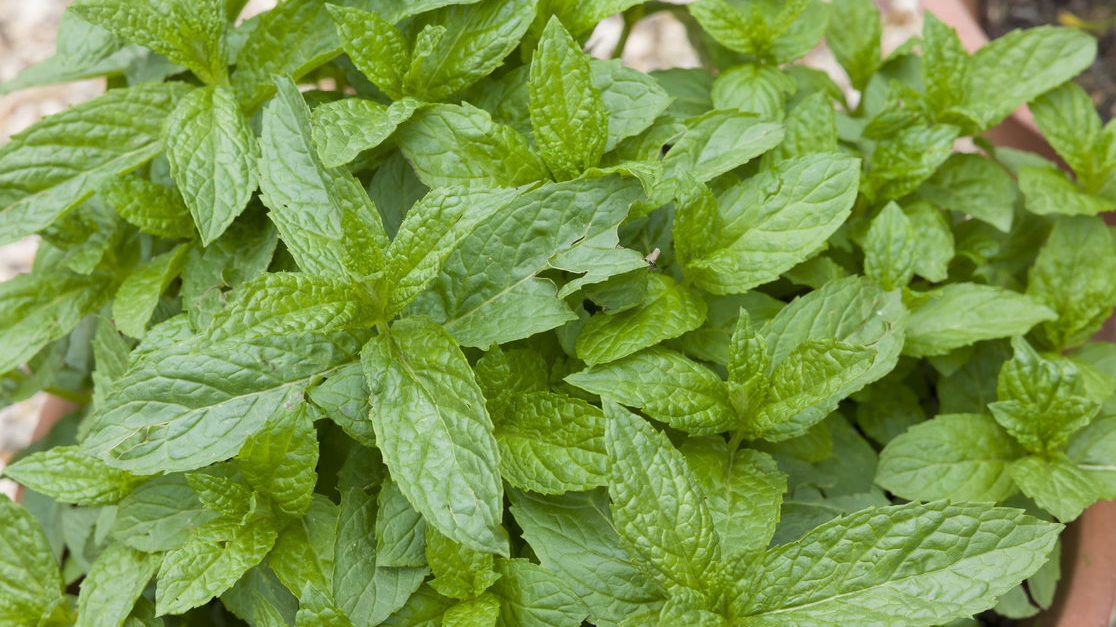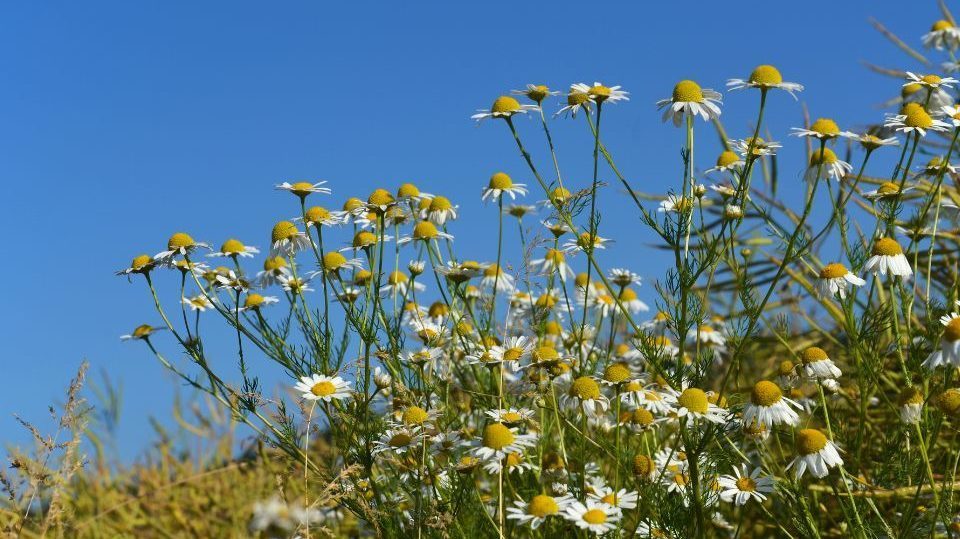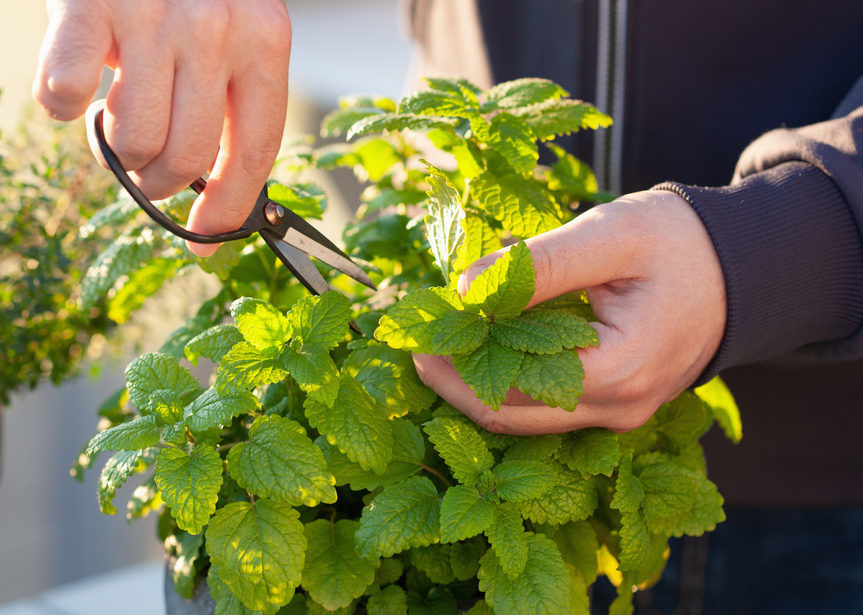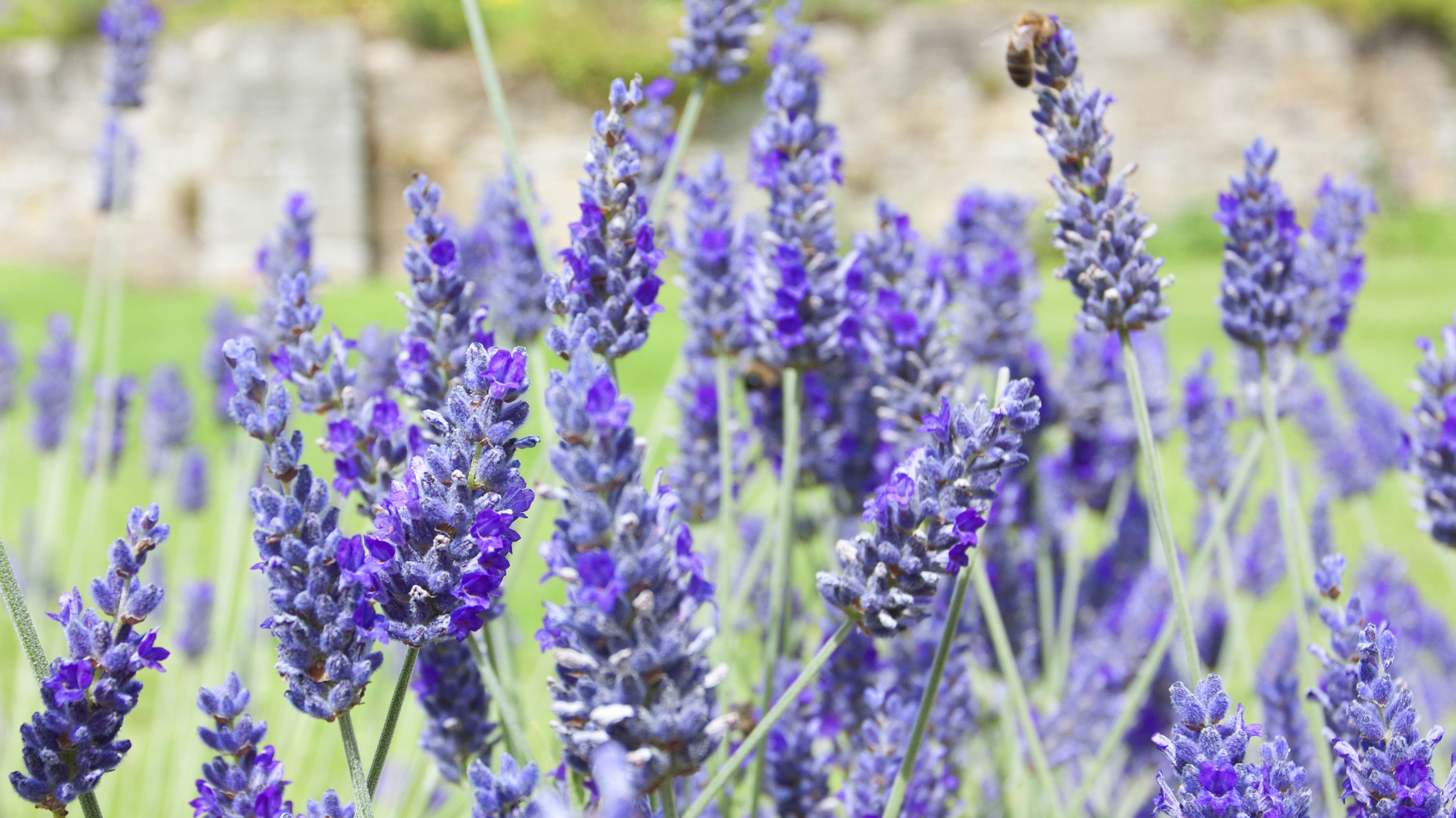Looking for a unique spin on food gardening? Planting a tea garden might be right up your alley. Here are 5 herbs and flowers we recommend you grow for a healthy home-brew.
Fresh is best – and tea is no exception. So if you’ve got some space in your veggie patch for some extra plants, why not consider growing a tea garden.
A tea garden is a sweet way to describe the herbs and flowers that you can grow and harvest to brew into your favourite cuppa.
Many of these plants can help to attract much-needed pollinators to your yard, and they’re also a great way to add some extra interest to your garden – from an eye-catching and fragrant perspective.
Like any type of food gardening, you should plant what you enjoy and what is most likely to grow well in your space.
Here are 5 herbs and flowers you might like to consider, perfect for your next pot of tea:
1. Mint

Minty varieties are a great choice if you like a bit of a pep-up when you settle in with a cup of tea.
There’s plenty of flavour profiles to choose from – peppermint, chocolate mint and spearmint are some of the most popular. You can also try river mint, a local native variety.
Most mint varieties produce ‘runners’. Their roots grow underground and then sprout up in a new spot, spreading further and further from the original plant.
In this way, they do have a tendency to take over an area so it’s best to plant them in something contained like a large pot.
You only need to pick a sprig of mint – about 4 or 5 leaves – for a pot of tea. Just steep it until you get the desired strength.
2. Camomile

You don’t have to wait until you’re drinking a cup of camomile tea to benefit from its soothing nature – the act of planting and tending for this plant can be just as therapeutic.
Camomile is a hardy perennial plant and is easy to grow from seed.
It’s the flowers themselves that you steep for tea – either dried or fresh. While most people strain the flowers out, you can leave them in and eat them.
3. Lemon varieties

Whether it’s lemon balm, lemon verbena or native lemongrass (Cymbopogon ambiguus), these zingy varieties make for a refreshing drink, either hot or iced.
They love this time of year so it’s not too late to plant any of these varieties. They like a warm sunny spot and are a great filler in between other plantings or on their own in a pot.
Snip a few leaves in some iced water for a lemony summer drink.
4. English lavender

Lavender isn’t always something that you associate with tea – or desserts for that matter – but its velvety flavour makes it a great flower for experimenting.
English lavender is a fragrant perennial, and grows best in full sun. It attracts beneficial bugs too, so is a worthwhile addition to any garden or vegetable patch.
Like camomile, lavender is great for a relaxing night-time tea. Use the flower buds themselves, not the leaves, and steep for up to 10 minutes to get the depth of flavour that you like. Avoid ‘topped lavender’ which doesn’t taste very nice.
Top tip: Did you know that it’s easy to propagate English lavender from a cutting? Read our story to find out more: 3 herbs to take cuttings from – and how.
5. Rosemary

No, it’s not just a roast dinner that goes well with rosemary. This woody herb is considered an immune booster, so there’s never a bad time for a hit of rosemary tea.
Rosemary can be grown in a pot or directly in the ground, where it quickly forms a healthy hedge. This low-maintenance plant thrives in full sun.
It’s the pine-needle-like-leaves that you use for rosemary tea – fresh or dried is fine.
Top tip: Like English lavender, rosemary is also easy to share with friends by taking a cutting.
While these are 5 easy herbs and flowers you might like to consider for your tea garden, our list certainly isn’t exhaustive!
You could also consider:
- sage
- thyme
- bottlebrush
- gingerroot
- orange
and plenty of others.
Fresh or dried?
While much of the joy of growing your own tea garden is being able to wander through your backyard picking exactly what you feel like at that moment, and being able to enjoy a freshly brewed cup within minutes, it doesn’t mean that you only have to use fresh tea.
Lavender and camomile both flower in spring, so while they’re great to enjoy fresh off the plant, you might like to dry any excess buds to enjoy throughout the year.
Mint is also at its best in spring, so go wild with fresh mint tea in the warmer months and harvest the rest before it dies back, ready to dry for year-round enjoyment.
For other herbs that grow year-round, having some dried leaves can be handy – let’s face it, on those cold and rainy days even a trip to the backyard to harvest produce can feel like an effort!
Pick your leaves and lay them out on a tray to dry, preferably out of direct sunlight. For flowers, you might like to hang your sprigs in a light and airy spot, until they’re dried.
Single blend or mixed?
Being in nature can be an opportunity to get creative – and your foray into tea growing and brewing is a great place to start. There’s no harm in mixing your herbs and flowers to suit your tastebuds, and experiment with iced varieties too for when the weather warms up.
Feeling extra creative? You might like to turn your flowers into ice cubes to add to your iced tea or other summery drinks.
Find out more local gardening tips
Just beginning your food gardening journey? Head to our food gardening hub for more tips and tricks.
Main image: Lemon balm. Image provided by Olga Miltsova